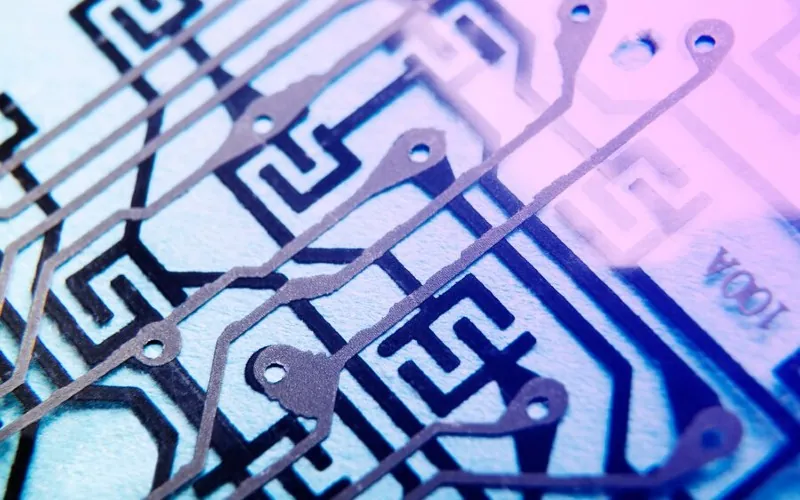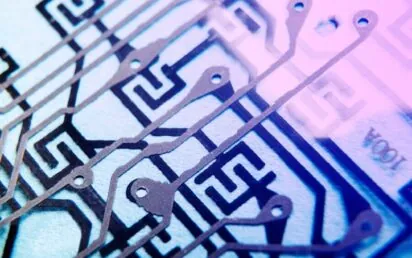There is coming to light public evidence to inform and understand how the markets for embedded systems work to ensure that the UK can create an effective policy framework. Moreover, those developing public policy need to appreciate the large numbers of markets involved.
Most businesses engage with embedded systems, but the UK is focusing efforts to generate market-making through generic innovation policies such as fiscal incentives, support for skills, innovation intermediaries, and generic technology supply.
You can find embedded technology fabricators like Ecrin systems that enhance regular working for systems like radars, sonars, industrial applications, image processing, healthcare systems, command consoles for naval missions, and other improvements betting for a growth in the local economy and defense sovereignty.
What is an embedded system?
Embedded systems encompass a broad range of computing solutions. The essential characteristic of embedded systems is that they rarely stand alone as commercially viable products: they are almost always integrated into a larger system that performs the primary function, be it a hard disk drive, car, mobile phone, or communications network.
The host system is selected or designed around the embedded systems that perform secondary functions, such as controlling and monitoring the end system, enabling its use by customers, or providing extra features.
Trends in computing and communications lead to both increased use of embedded systems in traditional sectors and new classes of products incorporating significant environmental tolerance, communications capacity, and intelligence. The outcome of these trends is unprecedented opportunity and threat to British industry producing embedded systems and to the economy as a whole.
Technological Innovation in the UK The UK as a Tech Hub
The ever-increasing capabilities of embedded systems have allowed greater innovation in terms of product features, flexibility, and cost, thus giving businesses the opportunity to gain substantial competitive advantages.
Looking at the area of low-level design of products, embedded systems have gone from simple task machines with limited applications to complex items with potentially global and multiple uses being made via a computer user interface.
An article on the embedded systems used in manufacturing indicated that a significant percentage of products were specially designed for the companies in the UK, with many being used in a unique application.
Sectors such as lighting, biology, and industrial controls are expected to introduce new products, respectively, over the next three years, with the majority of the
technology at a stable or low level compared to the rest of the products from the same company.
- Engineering biology with embedded systems enhanced processes like plastic-free packaging, lessening our dependence on fossil fuels, and organizing supply chains. Most of these cases are related to genetic engineering and genome editing.
- Data engineering.
- Reducing cost process thanks to AI enhancement.
- Evergreen solutions.
- We should also mention chips and technologies that help to transmit data and develop new drugs against dangerous diseases.
- On the other hand, we might find that electronics, quantum, and photonics technologies that adopted embedded software allowed products to sense, communicate, and work with AI to get automated results and improvements. A clear example of this is the switch of electric and petrol sources for hybrid vehicles.
- Enhancing spacecraft and aerospace operations while helping to keep missions on track with up-to-date sensors, microcontrollers, and processors that result in real-time computing. These systems help not to require constant ground control to perform tasks like responding to tough conditions without any assistance, only AI.
- Embedded technologies also enhance how aircraft systems regulate air pressure and temperature and how a pilot or an astronaut could monitor their craft’s life-critical parameters while doing precise navigation.
Embedded systems have been the driving force behind the UK’s recent economic performance, accounting for a fifth of the UK’s annual gross domestic product growth. Economic statistics capture only some of these benefits.
These benefits include future weapon systems that can reduce the UK’s dependence on high-cost, complex munitions; new interventions to change the MOD’s approach to recruitment, deployment, and training; as well as new autonomous systems to cope with complex environments.
The Role of Embedded Systems in Driving Innovation: Case Studies
The UK has a major competitive advantage in being one of the best places in the world to do research in developing more and better embedded systems and how to use them to make new products.
These research centers are associated with UK universities and work both within universities to develop core enabling technologies and with companies to apply these technologies, taking ideas all the way through to high-volume production in products.
For example, ECRIN Systems, a leader in embedded systems, is exploring opportunities to expand its market presence in the UK by collaborating with local tech hubs and universities. This company specially provides up-to-date solutions that may vary from industrial PCs, rugged computing, AI-powered devices, and advanced networking equipment. They work with internationally renowned suppliers known for their reliability and quality.
Industry shifts toward green, energy-efficient technologies and increased integration of AI and IoT. That’s why companies like ECRIN drive advancements that could enhance the UK’s global standing in tech innovation.
Through strategic partnerships, a commitment to open standards (via memberships in associations like VITA and PICMG), and a robust global distribution network, ECRIN continues to influence key sectors such as defense, telecoms, and industrial computing while addressing emerging challenges in obsolescence management and high-performance hardware.
Although making things work is the main goal, technologies like ECRIN solutions can help to improve markets too.


